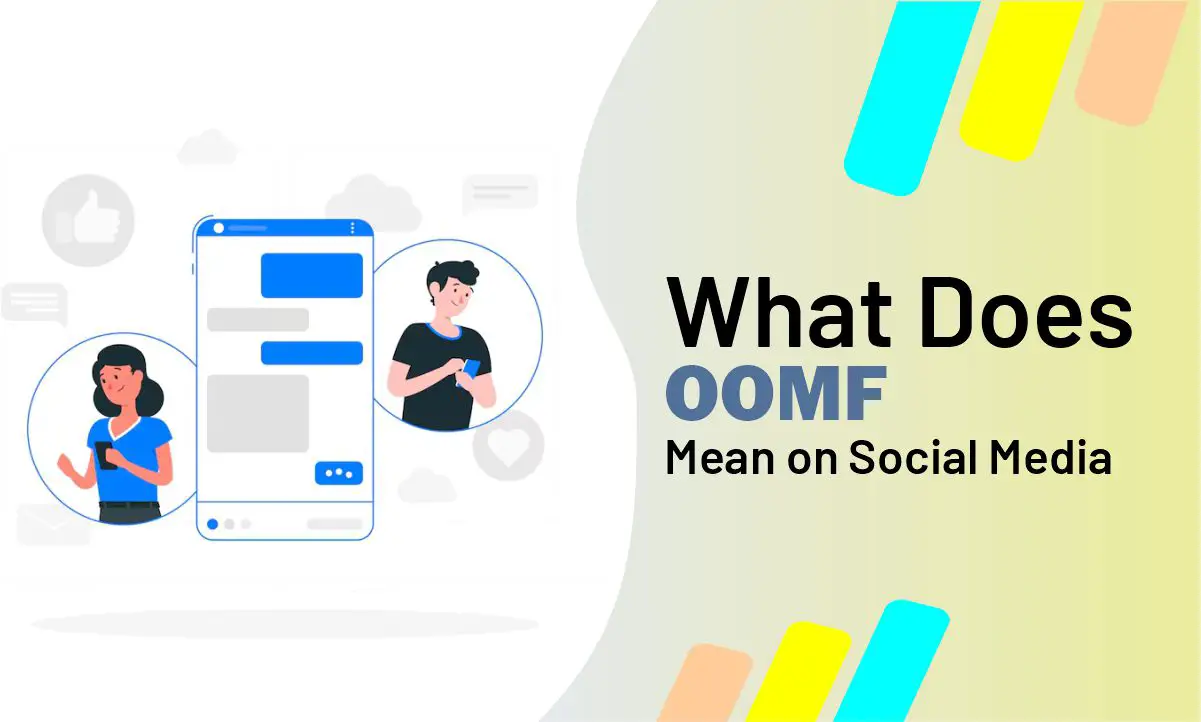In the fast-paced world of social media, acronyms and slang emerge and evolve constantly. One such term that has carved out a niche in platforms like Twitter (now X), Instagram, and TikTok is “OOMF.” This acronym has become part of the online vocabulary, particularly among Gen Z and Millennials. But what exactly does OOMF mean, how did it gain popularity, and how can you use it effectively on social media?
In this comprehensive guide, we’ll dive into the meaning, pronunciation, usage, examples, and cultural impact of “OOMF” in 2025. Whether you’re a casual browser, an influencer, or a digital marketer trying to stay on top of trends, this guide is for you.
What Does OOMF Mean?
“OOMF” is an internet acronym that stands for “One Of My Followers” or sometimes “One Of My Friends.” It’s primarily used on social media platforms to refer to someone indirectly—usually without naming or tagging them directly.
The beauty of using OOMF lies in its ambiguity. It adds a layer of mystery, which can be playful, flirtatious, vague, or even passive-aggressive. Whether you’re complimenting someone, throwing subtle shade, or simply expressing a thought involving someone else, OOMF is a handy term that keeps things anonymous.
How Is OOMF Pronounced?
OOMF is typically pronounced as it is spelled: “oomf.” It rhymes with “poof” or “roof.” Despite being an acronym, people often pronounce it as a single word rather than spelling it out letter by letter (O-O-M-F).
Some variations include a softer or stretched-out “oooomf,” depending on the tone or sentiment of the post. There’s no official pronunciation, but “oomf” is widely accepted and understood across platforms.
Where Did OOMF Originate?
The acronym OOMF began appearing on Twitter (now X) in the early 2010s. Twitter’s format of short, snappy posts encouraged the use of acronyms and abbreviations. OOMF became a subtle way to reference someone in your follower list without directly tagging or mentioning them.
Users would post thoughts or feelings, often directed at someone specific, but use OOMF to keep their identity hidden. Over time, this style of indirect referencing gained popularity. It offered users a way to speak their minds while maintaining a veil of anonymity—perfect for both confessions and subtweets.
The acronym gradually made its way to Instagram, Tumblr, TikTok, and even Facebook. Now, in 2025, it’s a widely understood and used term across nearly all major platforms.
Why Did OOMF Become So Popular?
Several cultural and technological factors contributed to the rise and persistence of OOMF:
- Need for Anonymity: Social media encourages public conversations, but not everyone wants to call out specific names. OOMF offers a middle ground—personal but not revealing.
- Subtweet Culture: OOMF fits perfectly with subtweeting—the act of tweeting about someone without tagging them. It’s vague enough to keep things private but specific enough to spark curiosity.
- Online Flirting: Many users employ OOMF to flirt subtly, compliment someone, or hint at feelings without being too direct.
- Drama and Intrigue: People love gossip and mystery. Using OOMF can create buzz, speculation, and even debate in the comments or replies.
- Trend-Driven Language: Social media thrives on trends, and acronyms like OOMF are short, catchy, and easy to remember.
What Is the #OOMF Trend?
The #OOMF trend involves users creating posts or tweets that begin with the hashtag #OOMF followed by a comment, opinion, or feeling directed at someone specific—but kept anonymous.
This trend is especially popular on Twitter/X and TikTok, where subtlety and storytelling are often rewarded with engagement. Whether someone is sharing an inside joke, delivering an emotional confession, or stirring up drama, the hashtag #OOMF is a useful tool.
Examples of the #OOMF Trend:
- “#OOMF really needs to learn how to mind their business.”
- “Not saying names, but #OOMF looked really cute today.”
- “#OOMF, if you see this, just know I still think about that night.”
- “Why does #OOMF always post at 3 a.m.? Are you okay?”
These types of posts generate curiosity and often lead to speculative replies or DMs, with followers trying to guess who the post is about. Some even use it as a game.
Different Contexts for Using OOMF
OOMF isn’t just for vague references. Its usage spans multiple tones and scenarios:
- Flirtation:
- “#OOMF really has the most perfect smile. I hope they know.”
- Compliments:
- “Shoutout to #OOMF for always liking my posts. You make my day!”
- Criticism/Shade:
- “#OOMF thinks I don’t see their passive-aggressive comments. I do.”
- Gratitude:
- “Thank you to #OOMF who helped me through a rough time this week.”
- Inside Jokes or Friendship:
- “#OOMF knows why I’m laughing right now. You wild for that one.”
- General Observations:
- “I think #OOMF just rage-quit a group chat. Bold move.”
How to Use OOMF on Social Media (With Examples)
Using OOMF is simple, but to make it impactful, here are some tips and examples:
1. Start with the Hashtag or Acronym:
You can start your post with “#OOMF” or integrate “oomf” within a sentence.
Example:
- “Just had the deepest talk with #OOMF. Feeling grateful.”
- “Oomf always posts the most relatable quotes.”
2. Make It Subtle but Specific:
The key is to be vague enough not to name names but specific enough to make someone curious.
Example:
- “#OOMF knows what they did. No hard feelings though.”
- “Oomf wore THAT outfit today and totally stole the spotlight.”
3. Engage in the Conversation:
You can also quote someone else’s tweet or reply to a thread and insert the term.
Example:
- “@username That reminds me of something oomf said the other day.”
- “If you know, you know. #OOMF”
4. Use Humor or Irony:
Some of the most viral #OOMF posts are funny or ironic.
Example:
- “Oomf be acting like a therapist but won’t take their own advice.”
- “#OOMF tweets like they’ve read every book but can’t spell ‘restaurant’.”
5. Create Curiosity:
Leave room for interpretation. Make followers wonder: “Are they talking about me?”
Example:
- “#OOMF better check their DMs before I spill secrets.”
Cultural Impact of OOMF in 2025
As of 2025, OOMF isn’t just an acronym; it’s a cultural artifact. It represents a new way of communicating on social media that values:
- Ambiguity over clarity
- Mystery over transparency
- Connection without directness
It’s widely used among influencers, meme accounts, and everyday users. Some marketers have even adopted it in campaigns to tap into youth culture:
- “We heard #OOMF loves our skincare line. You know who you are.”
- “Shoutout to oomf who showed up in our DMs with the best feedback.”
Additionally, it plays a key role in meme culture, where screenshots of #OOMF posts often go viral due to their cryptic or juicy nature.
OOMF vs. Other Social Media Acronyms
To give context, here’s how OOMF compares with other popular acronyms:
| Acronym | Meaning | Usage |
|---|---|---|
| OOMF | One Of My Followers/Friends | Used to refer indirectly to someone you follow or are friends with |
| FYP | For You Page | TikTok algorithm-targeted content |
| TBH | To Be Honest | Usually paired with compliments |
| IDK | I Don’t Know | Common for uncertain responses |
| ICYMI | In Case You Missed It | Used when resharing content |
Final Thoughts
OOMF is more than just a four-letter acronym—it’s a reflection of how digital communication has shifted. As we continue to navigate the intricacies of online interaction in 2025, OOMF remains a powerful linguistic tool that blends anonymity with emotion.
Whether you’re confessing a crush, giving a shoutout, or venting indirectly, using OOMF adds a poetic layer of social complexity that keeps social media endlessly engaging.
So next time you have something to say but don’t want to name names, remember—you’ve got OOMF for that.
FAQs About OOMF
Q: Can OOMF refer to more than one person?
A: Yes, it can be plural or singular depending on context.
Q: Is OOMF considered rude?
A: It depends on the tone. It can be shady, but also sweet or neutral.
Q: Where is OOMF most commonly used?
A: Twitter/X, TikTok, and Instagram are the primary platforms.
Q: Is OOMF outdated?
A: Not at all. In 2025, it’s still very much part of the digital lexicon.
Read more Social Media Glossary

